Biophilic design goes far beyond simply adding greenery or nature-inspired decor to a space. If a design doesn’t consciously incorporate elements of the natural world that have contributed to human health, well-being, and survival throughout our evolutionary history, it cannot genuinely be considered biophilic.
At its foundation, biophilic design aims to re-establish the essential human connection to nature within modern environments. As an evolution of the biophilia hypothesis, it acknowledges that humans have spent over 99% of their evolutionary timeline adapting to natural surroundings, not to artificial or manufactured ones. This long-standing relationship has biologically programmed us to respond positively to natural patterns, forms, and processes. This innate connection isn’t outdated; it continues to be vital for our physical and emotional wellness.
Today, our so-called “natural habitat” consists predominantly of buildings and urban areas—spaces where people now spend approximately 90% of their time. Therefore, the main objective of biophilic design is to create supportive habitats for humans as living beings inside modern constructions, landscapes, and communities. This goal is only achievable when specific foundational principles are respected. Since biophilia stems from our evolutionary makeup, biophilic design must focus exclusively on those elements of nature that historically supported human thriving. Put simply, just any reference to nature does not qualify as biophilic unless it aligns with our inherent biological inclinations.
GET IN TOUCH
Get Email Updates
Consequently, obscure natural elements such as deep-sea life, microorganisms, alien landscapes, or extinct species typically do not meet the criteria of biophilic design, as they fail to produce consistent or meaningful benefits for human health and productivity.
Another critical distinction lies in how nature is integrated. Biophilic design values immersive, interconnected environments over isolated elements. Living beings, including humans, exist within ecosystems. When these systems function holistically and cohesively, they promote wellness. Conversely, environments made up of fragmented and unrelated natural features often lack meaningful benefit and may even become counterproductive. Inserting a plant into an otherwise sterile or discordant space does little to enhance human well-being unless it complements the broader spatial experience.
Effective biophilic design requires interventions that are immersive, complementary, and seamlessly incorporated into the overall spatial composition. Furthermore, successful biophilic environments encourage ongoing interaction with nature, not just occasional or fleeting moments. While we may have an innate draw to the natural world, that connection must be cultivated through frequent, meaningful engagement to offer genuine benefits. A single exposure to a green wall or a passing view of trees is not enough; it’s the repetition and depth of the interaction that makes it impactful.
Five Defining Criteria of Biophilic Design
- Rooted in Human Evolutionary Needs
Biophilic design must reflect natural conditions that have historically aided human survival and vitality. Interactions with elements that are unrelated to our evolutionary past tend to be ineffective in producing healthful outcomes. - Ongoing and Consistent Nature Contact
For biophilic effects to take hold, there must be regular and sustained exposure to nature. One-time or sporadic experiences are unlikely to have lasting impacts and might even contradict the goals of biophilic spaces. - Integrated and Holistic Environmental Design
Nature must be part of a unified setting. Isolated elements—like a plant in a room with artificial lighting and synthetic materials—do not equate to biophilic design unless they’re harmonized with the environment. - Emotional Bond with Place
By satisfying our instinctive need for nature, biophilic design nurtures emotional attachment to a space, enhancing well-being, motivation, and commitment to that environment. - Promotes Social and Environmental Connection
Humans thrive in social groups. Biophilic spaces should promote both community interaction and a sense of belonging to the natural world, encouraging sustainable and health-positive behaviors.
Addressing the Modern Disconnect
Modern design practices have often sidelined our need for nature, treating it as an optional aesthetic or a luxury, rather than a necessity. This has led to environments, like offices, hospitals, and schools. They are detached from natural stimuli and stripped of sensory richness. Many contemporary spaces are devoid of daylight, fresh air, vegetation, natural materials, and views of life beyond walls. These environments mimic the sensory-deprivation seen in outdated zoo enclosures, ironically no longer acceptable for animals, yet still common for humans.
Emerging research shows that these conditions contribute to fatigue, reduced cognitive function, and various health complaints. Fortunately, introducing even simple elements like daylight, access to greenery, and fresh air can markedly improve outcomes in well-being and performance.
Real-World Applications of Biophilic Design
Direct Nature Experience
Designs that incorporate tangible interactions with natural forces:
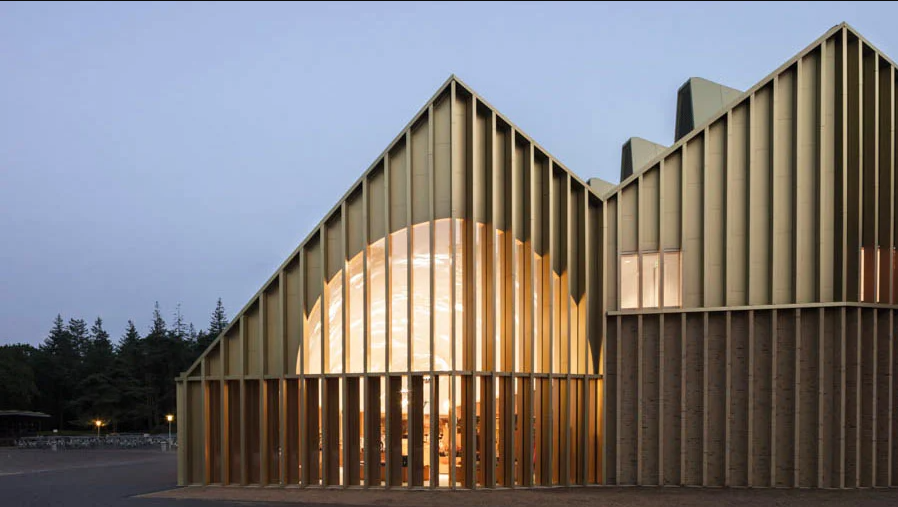
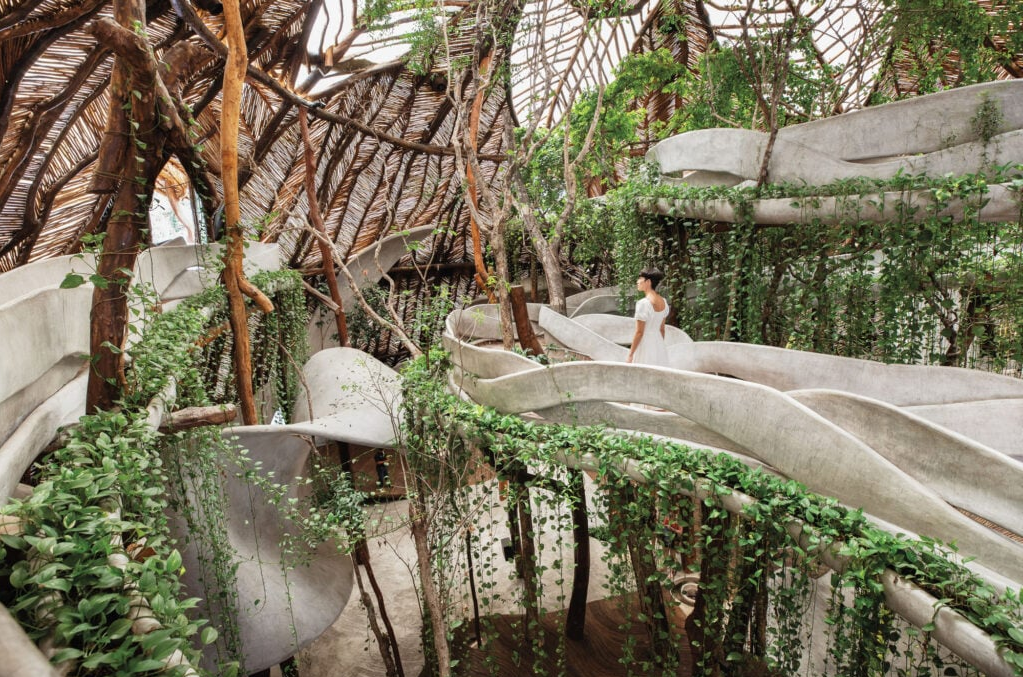
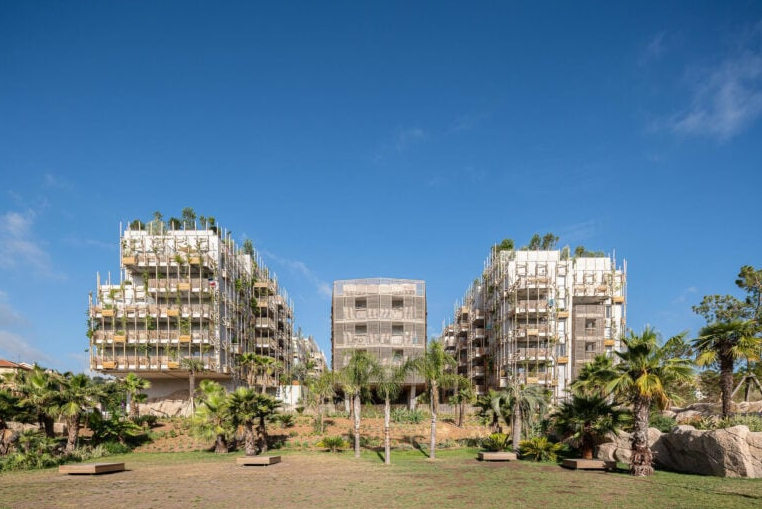
- Dutch Pavilion: lighting simulates the dappled movement of leaves and animals.
- SFER IK, Tulum: built from local timber and living trees, with no straight lines.
- Le Ray, France: a building that merges visually and physically with the surrounding park.
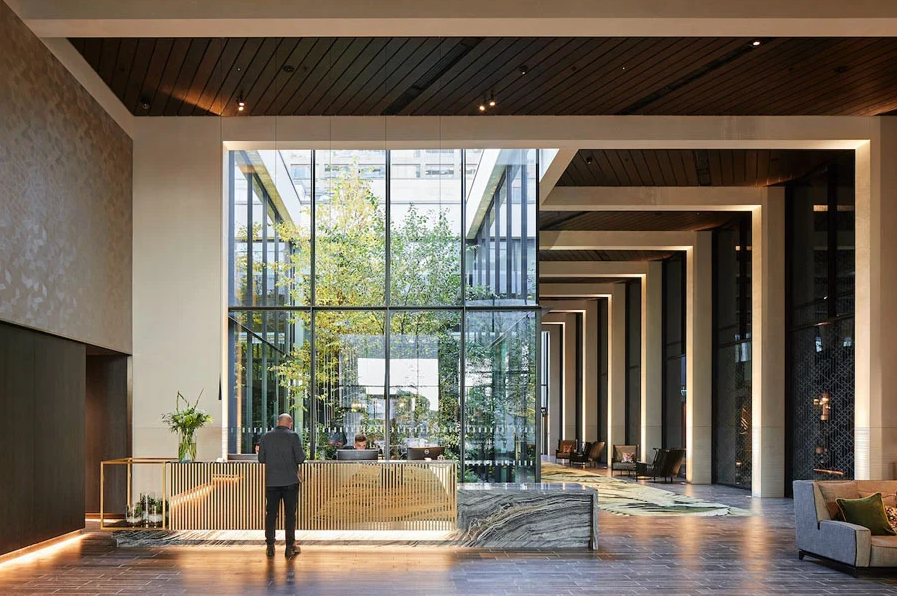
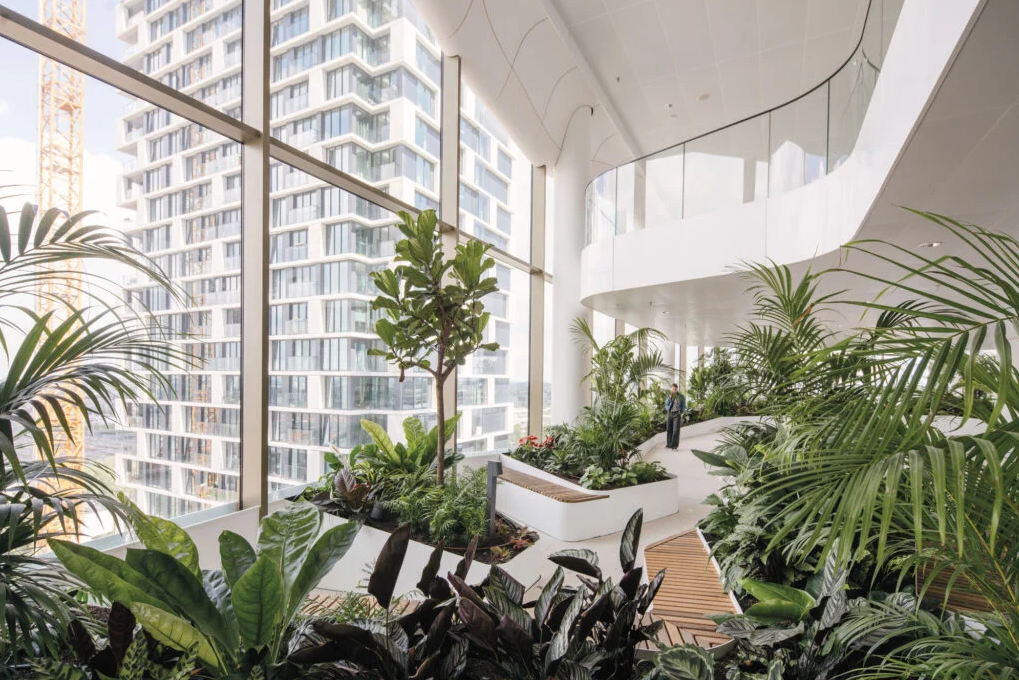
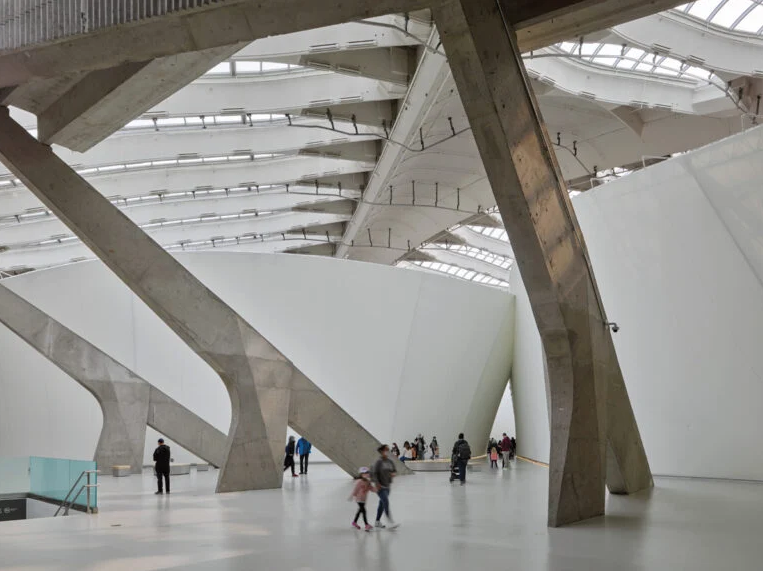
- Wardian London: residential towers that feature vertical sky gardens.
- Utrecht Office Building: an indoor botanical garden created for corporate tenants.
- Montreal’s Biodome: a museum that integrates building systems with functional ecosystems.
Indirect Nature Experience
Natural qualities expressed through representation, materials, or biomimicry:
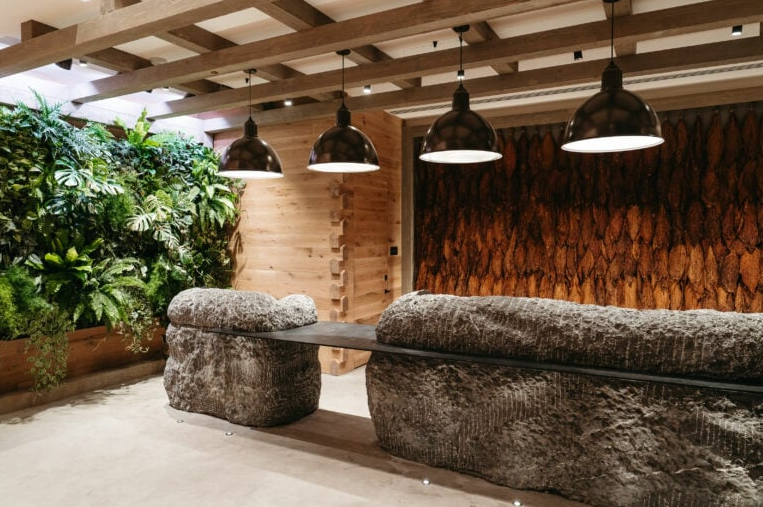
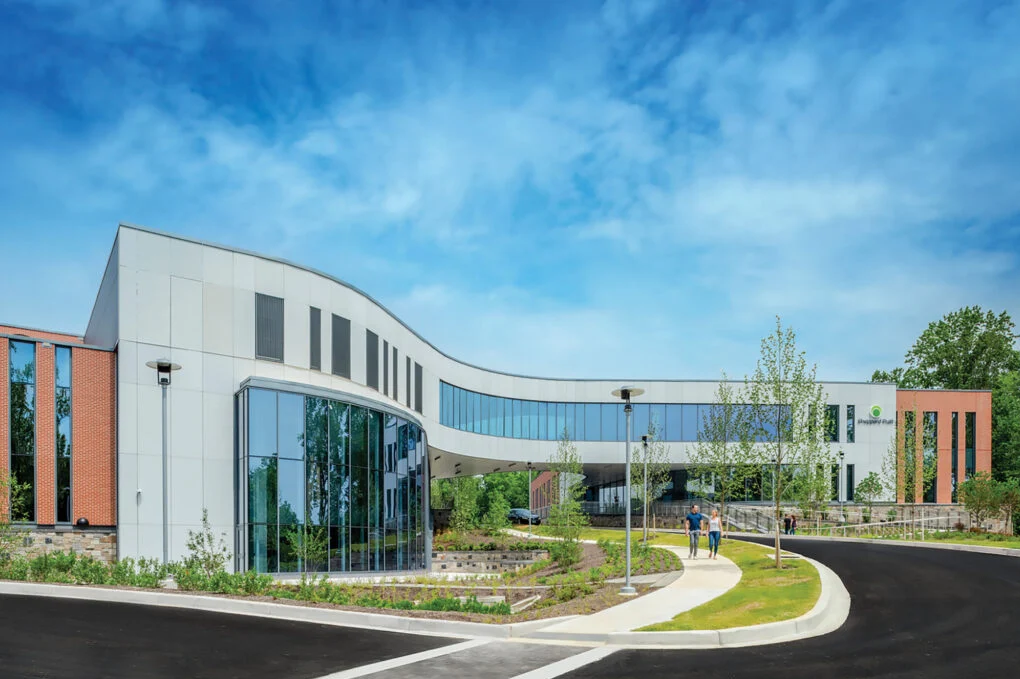
- 1 Hotel Nashville: urban hotel enveloped in ivy and local materials.
- CannonDesign Hospital: uses nature-driven concepts from 19th-century reform.
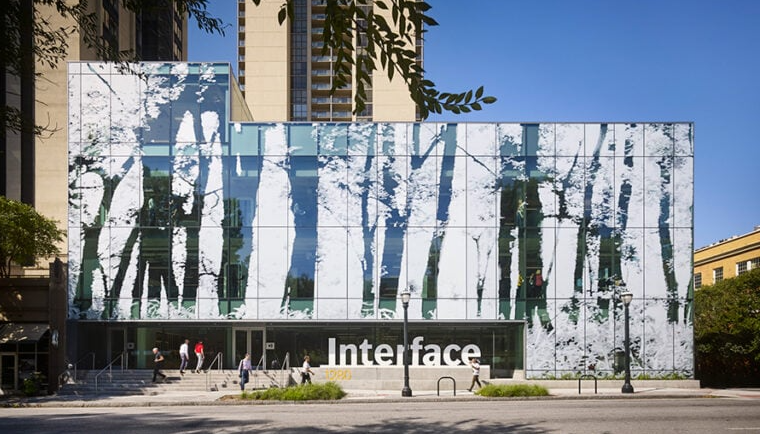
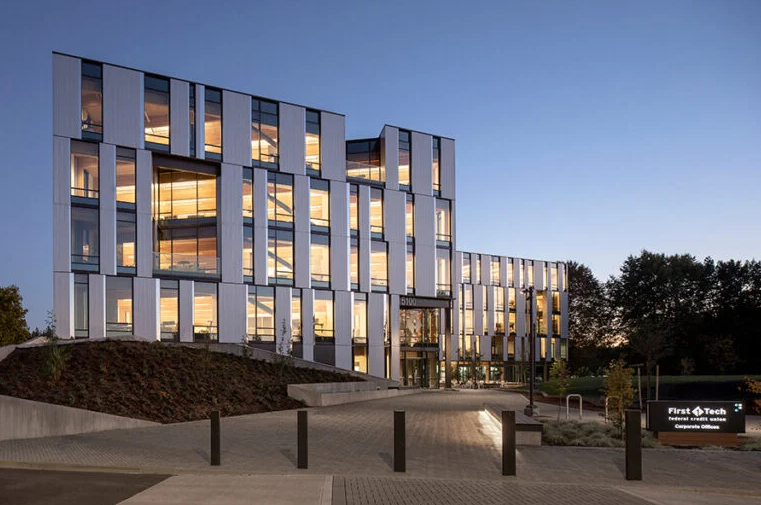
- Interface HQ, Atlanta: facade designed to reflect the filtered light of a forest.
- First Tech Credit Union: Oregon headquarters surrounded by a protected landscape, constructed with mass timber.
Spatial and Sensory Experience
Design rooted in ecological concepts like prospect and refuge, transition, and complexity:
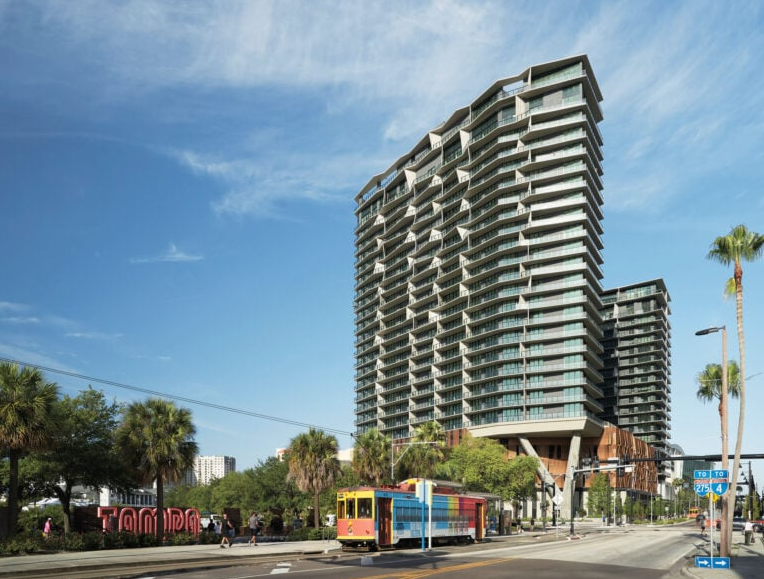
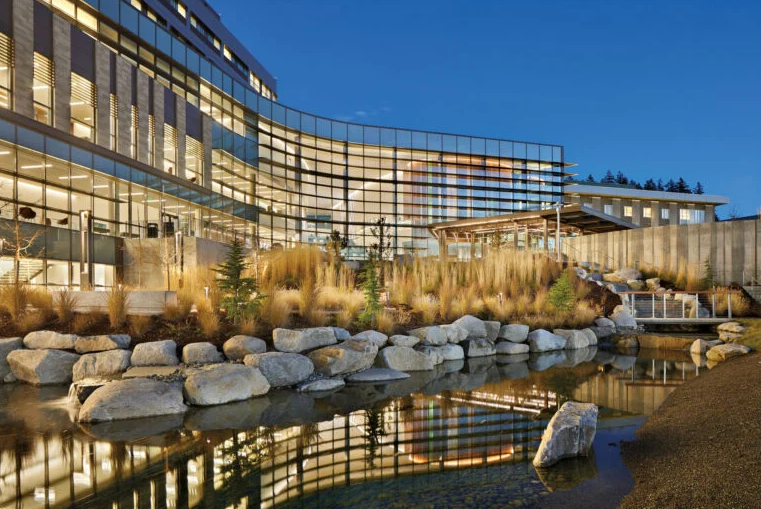
- Heron Residence, Tampa: part of the first WELL-certified neighborhood.
- St. Michael Medical Center, Washington: spaces aligned with panoramic mountain views.
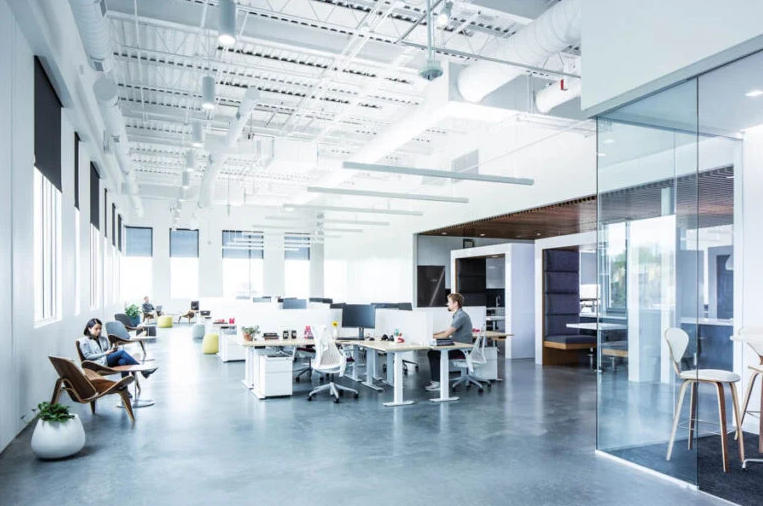
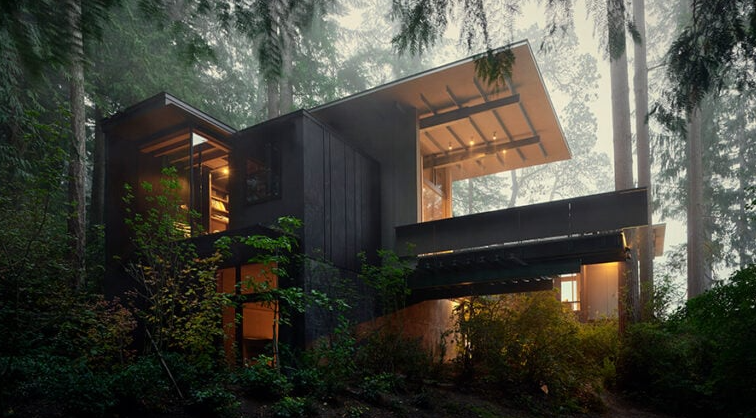
- Ketra Showroom: lighting design that mimics the variability of natural light.
- Jim Olson’s Projects: integration of landscape and architecture across dozens of works.
A Shift in Design Consciousness
Biophilic design is more than a tool, it’s a paradigm shift. It urges us to reevaluate how architecture and planning serve our essential human needs. As the world faces challenges like climate change, mental health crises, and urban sprawl, reconnecting people to nature is no longer a design trend, it’s a human imperative.
Biophilic spaces are not just healthier and more productive, they’re more humane.
“The quality of our connection to nature continues to shape the quality of our lives.”
— Adapted from Kellert and Calabrese, The Practice of Biophilic Design
Source: https://metropolismag.com/viewpoints/what-is-and-is-not-biophilic-design/



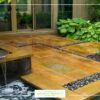



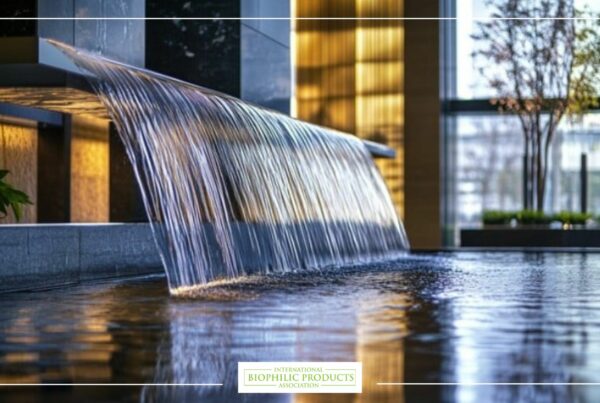
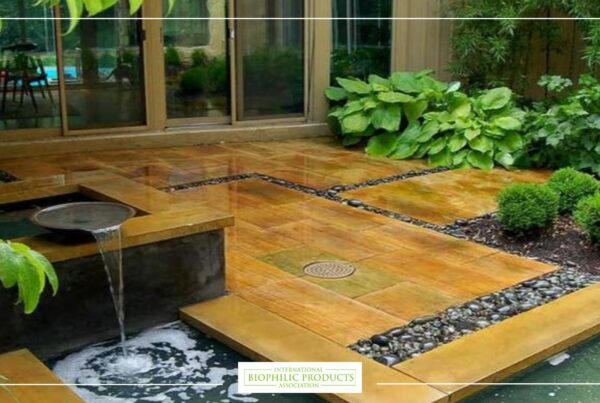
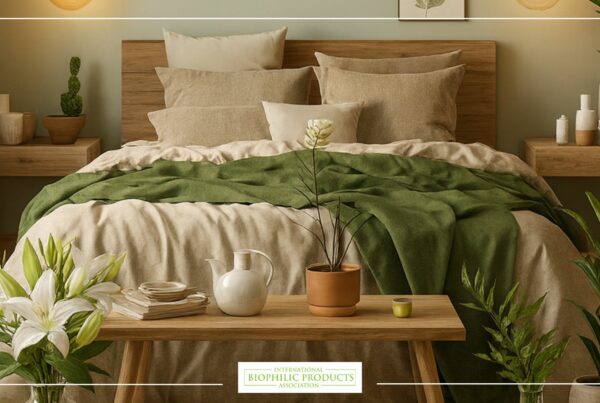

13 Comments